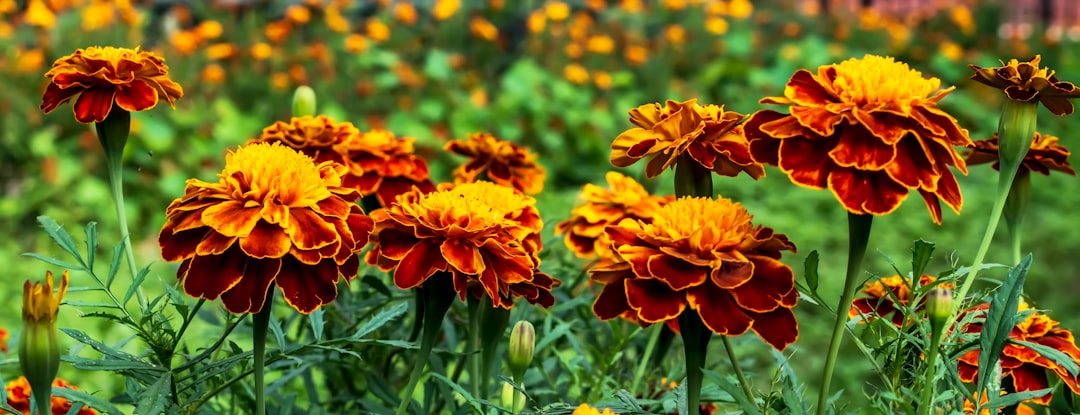Crafting a Stunning Step Border with Low - Maintenance Plants

When it comes to gardening, creating a beautiful and functional space is always the goal. One area that often presents unique challenges and opportunities is the slope near a set of steps. An easy slope garden plan can transform this sometimes - overlooked area into a vibrant and eye - catching border. This plan focuses on a low - maintenance mix of annuals and perennials, which not only adds beauty but also reduces the time and effort required for upkeep.
Annuals are a great addition to any garden, and in this slope garden plan, they play a crucial role. These plants complete their life cycle in one growing season, providing a burst of color and variety. Some excellent annuals for a slope near steps include petunias, marigolds, and zinnias. Petunias come in a wide range of colors, from soft pastels to bright neons. They are known for their trailing habit, which can spill over the edge of the slope, creating a cascading effect. Marigolds, on the other hand, are not only colorful but also have natural pest - repellent properties. Their strong scent can keep away many common garden pests, making them a practical choice for a low - maintenance garden. Zinnias are another popular annual. They are easy to grow from seeds and come in different shapes and sizes, adding texture and height to the border.
Perennials, however, are the backbone of this slope garden plan. These plants come back year after year, providing long - term stability and structure to the border. Hostas are a classic choice for shady slopes near steps. Their large, textured leaves add a touch of elegance and can tolerate a fair amount of shade. Daylilies are also a great option. They are extremely hardy and produce beautiful, trumpet - shaped flowers for several weeks during the summer. Coneflowers are another perennial that thrives in sunny slopes. Their bright, daisy - like flowers attract pollinators such as bees and butterflies, adding life and movement to the garden.
Before planting, it's important to prepare the slope properly. First, clear the area of any weeds, rocks, or debris. You can use a rake or a hoe to do this. Then, test the soil to determine its pH level and nutrient content. Based on the results, you may need to add some amendments such as compost or fertilizer to improve the soil quality. It's also a good idea to create some terraces or small retaining walls on the slope. This not only helps to prevent soil erosion but also makes it easier to plant and maintain the garden.
When it comes to planting, start by placing the perennials first. Dig holes that are slightly larger than the root balls of the plants and gently place them in the holes. Backfill the holes with soil and press it down firmly around the plants. Water the perennials thoroughly after planting. Then, plant the annuals in between the perennials. You can space them according to their mature size, leaving enough room for growth. Water the annuals as well.
Maintenance of this slope garden plan is relatively easy. Water the plants regularly, especially during dry periods. However, be careful not to over - water, as this can lead to root rot. Fertilize the plants once or twice a year, following the instructions on the fertilizer package. Deadhead the annuals regularly to encourage more blooms. For the perennials, cut back the dead foliage in the fall to keep the garden looking tidy. In the spring, divide the perennials if they have become overcrowded.
In conclusion, an easy slope garden plan with a low - maintenance mix of annuals and perennials is a great way to create a perfect border for a set of steps. With the right selection of plants, proper preparation, and minimal maintenance, you can enjoy a beautiful and thriving garden for years to come. Whether you're an experienced gardener or just starting out, this plan offers a practical and rewarding gardening project.